It’s a known fact that fashion transcends borders. From Dior bags to Versace dresses; from Armani suits to Louboutin heels – we’re all guilty of breaking the bank on at least one designer splurge in our life! And even though we know these designers are powerhouses and the best of the best, how much do we know about their story? Well, we did some digging and put together a list of designers that changed the face of global fashion. Read on to know all about them!

1. Coco Chanel (1883 – 1971)
“Beauty begins the moment you decide to be yourself”
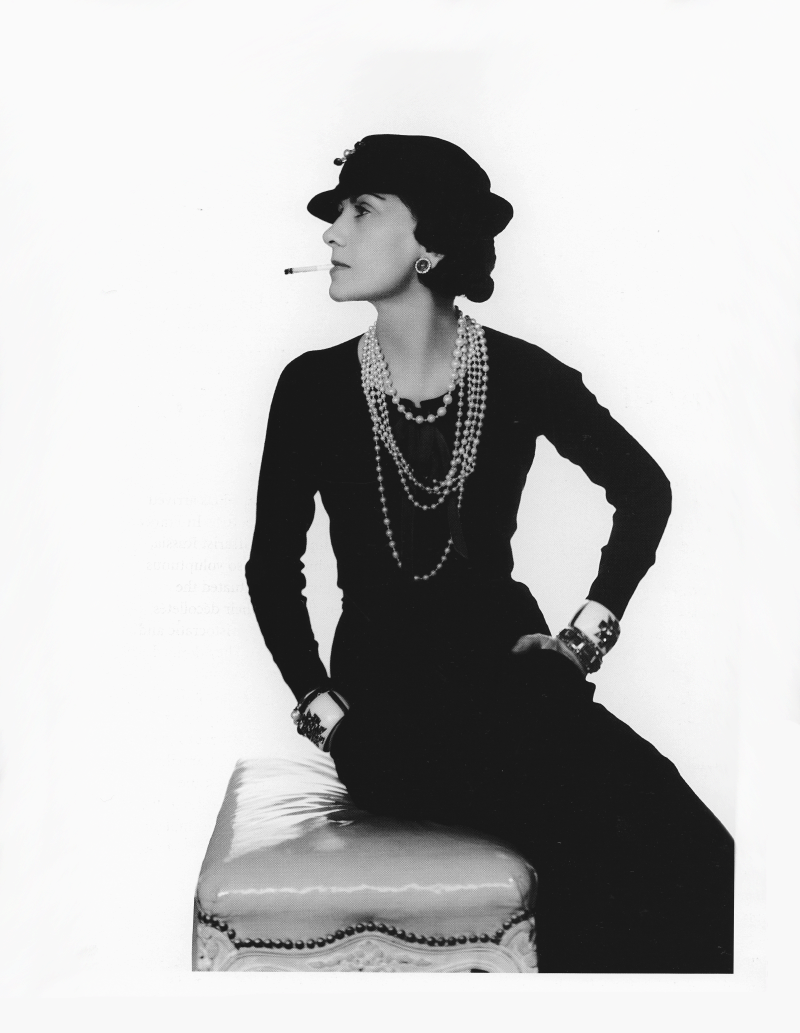
A classic designer for the ages, Coco Chanel dominated haute couture for six decades and created designs that were truly timeless. Her signature style was elegantly styled casual wear. The little black dress, tweed jackets and collarless cardigans were all her creations. However, her career saw a huge boost when she became the first mainstream designer to use jersey fabric in her collection. She then went on to expand her brand, introducing classic bags and perfumes, including the famous No. 5 – a favourite of all generations!
2. Yves Saint Laurent (1936 – 2008)
“Fashions fade, style is eternal”
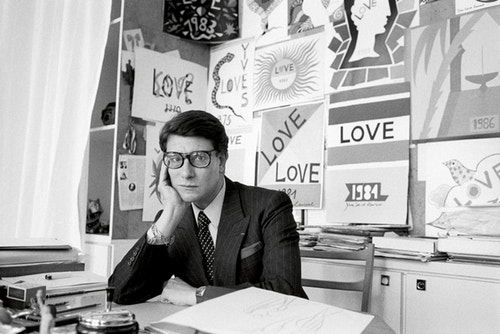
Best known as an influential European fashion designer, Yves Saint Laurent has been ruling the fashion scene since 1960s. He made the blazer and smoking jacket a staple in women’s fashion. Among his many creations are the current favourite sheer tops and jumpsuits as well as the iconic 70s look of turtlenecks and leather jackets.
3. Mary Quant (1934)
“The fashionable woman wears clothes. The clothes don’t wear her”
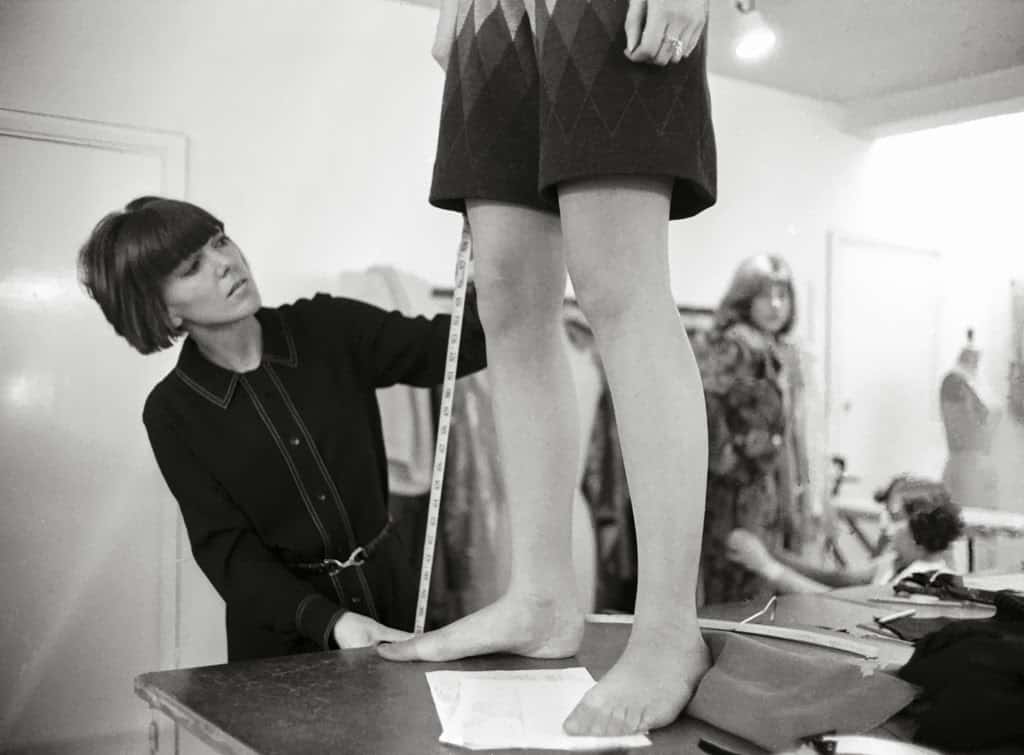
If it wasn’t for Mary Quant, the world of fashion would have never seen miniskirts! She desired to have fashion be both affordable and accessible to young women, which led to her open her own retail boutique. She redefined fashion in the 60’s with her vibrant short shift dresses paired with quirky, printed tights – becoming an instrumental figure in Mod fashion.
4. Christian Dior (1905-1957)
“High heels? Painful pleasure.”
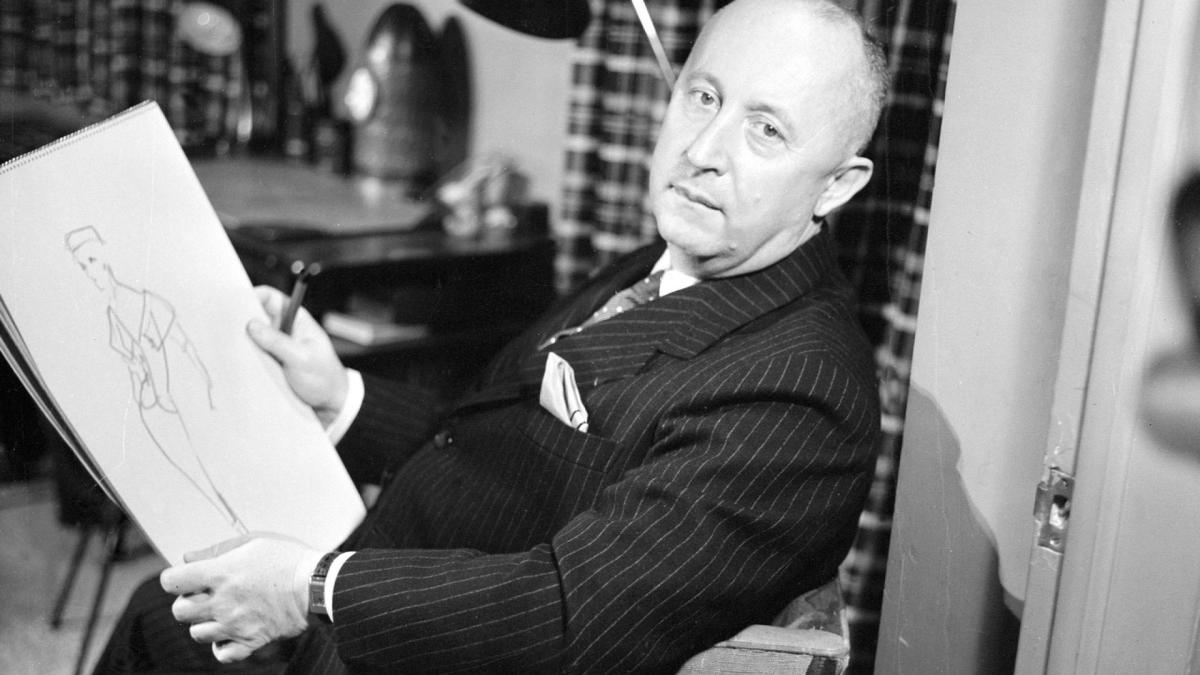
Only a few designers managed to dominate the fashion industry after World War II, and Christian Dior was one of them! He was known for his signature creations, which featured dresses with lower hemlines, fuller skirts and small shoulders – a big contrast to the short skirts and padded shoulders of the past. Dior was also credited for restoring French couturiers to their current esteemed status, a feat that was quite difficult after the remnants of war.
5. Carolina Herrera (1939)
“I don’t like trends. They tend to make everybody look the same”
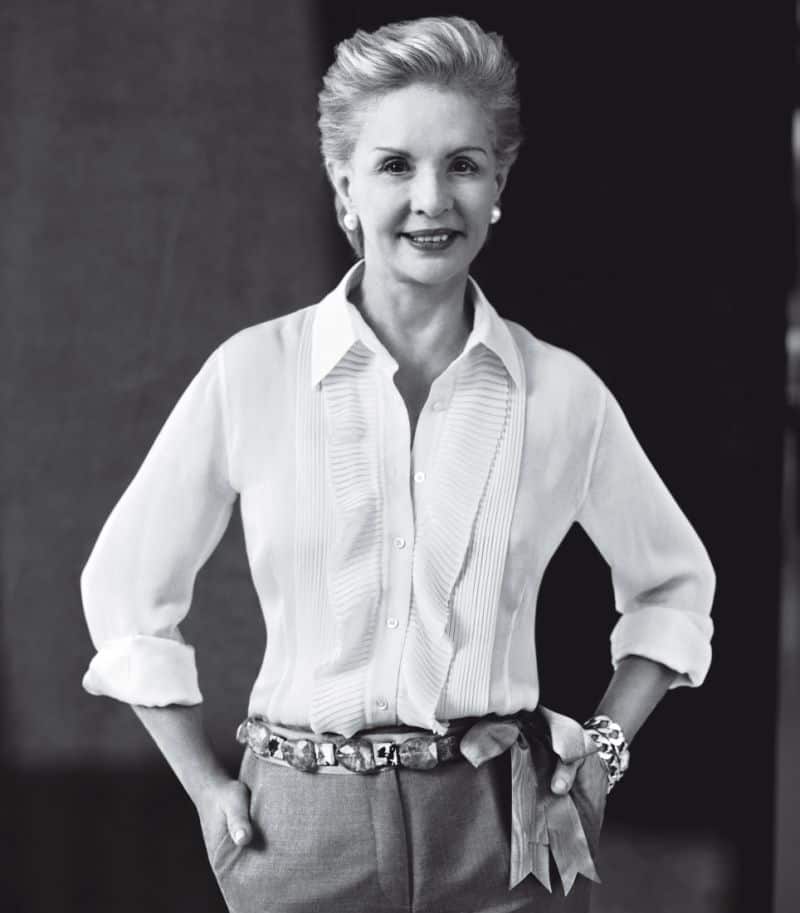
Carolina Herrera is the epitome of elegance. She changed the way women dress with her an iconic look – a taffeta skirt with a white button-down shirt. This soon became evening wear inspiration for women around the world. She has been dressing several A-list celebrities and influential people, such as Jackie O and Michelle Obama, for decades.
6. Giorgio Armani (1934)
“Elegance is not standing out, but being remembered”
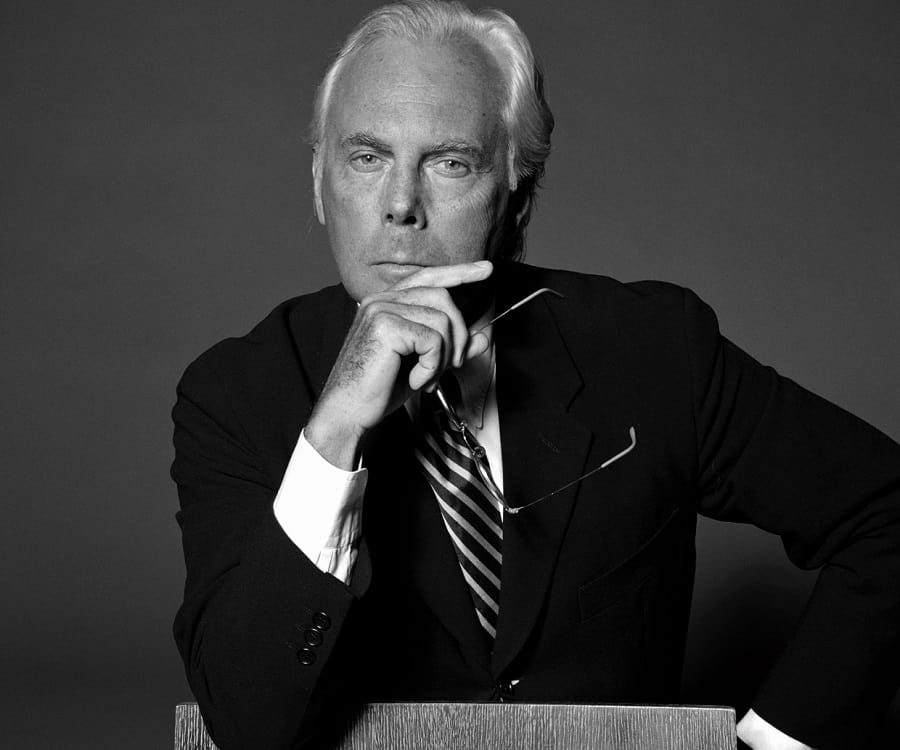
Armani’s approach to androgynous fashion quickly made him a well-known name in the industry. He broke many stereotypes by dressing men in fabrics frequently worn by women. He even introduced masculine power suits to women, which are a huge trend in women’s fashion even today. The renowned designer later created a jeans line, sportswear, perfumes and couture dresses.
7. Elsa Schiaparelli (1890 – 1973)
“In difficult times fashion is always outrageous”
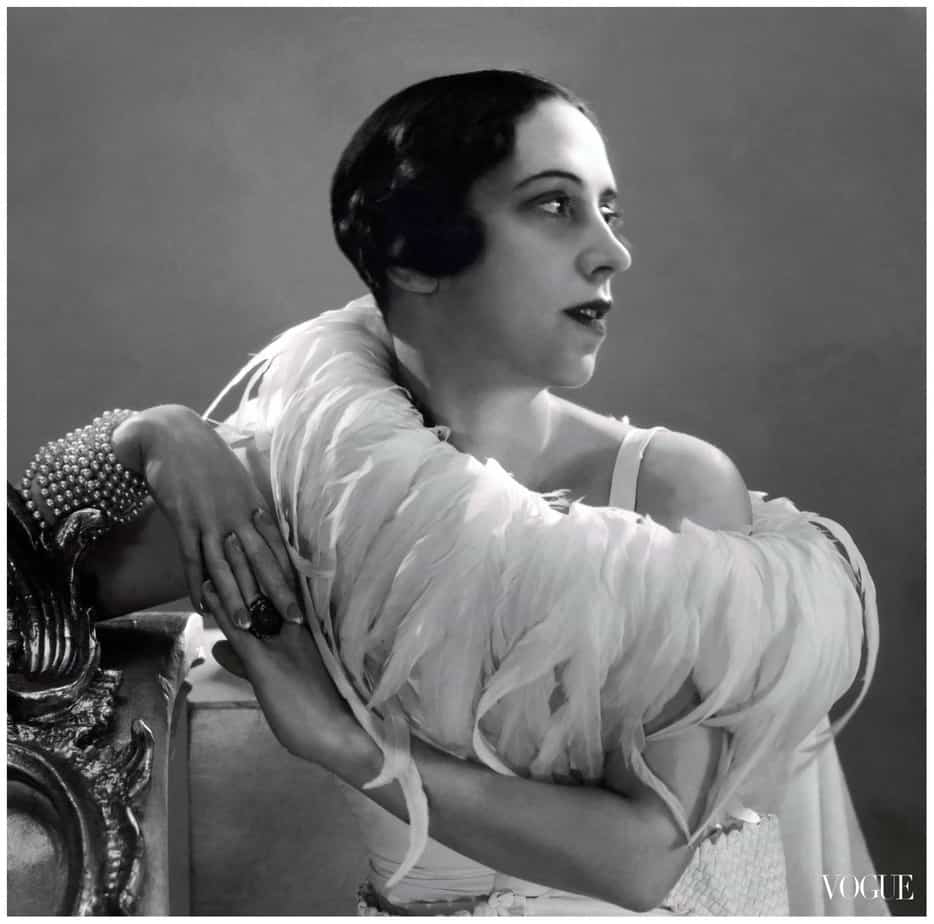
Elsa Schiaparelli’s career kickstarted in 1927 with her signature hand-knit trompe l’oeil sweater. By 1935, she had become a leader of haute couture. She was known for creating simple designs with a splash of vibrant hues. Schiaparelli was the first designer to use zippers as a visible statement piece. Along with several other achievements, her name went down in history when she became the first female designer to land a cover for TIME magazine.
8. Christian Lacroix (1951)
“For me, elegance is not to pass unnoticed but to get to the very soul of what one is”
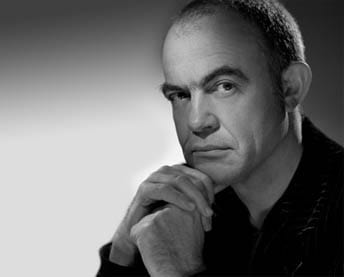
The credit for bringing a vibrant and youthful approach to fashion undoubtedly goes to Christian Lacroix! The designer is popular for his lively and theatrical collections. He stole the limelight with his first fashion house in 1987 for showcasing clothes with eccentric colour combinations and patterns. Anna Wintour, the legendary editor of Vogue, chose a Christian Lacroix haute couture jacket to be featured on her first American “Vogue” cover in 1988 – a look that broke high fashion rules of the time and gave birth to a more youthful movement.
9. Miuccia Prada (1949)
“Fashion is instant language”
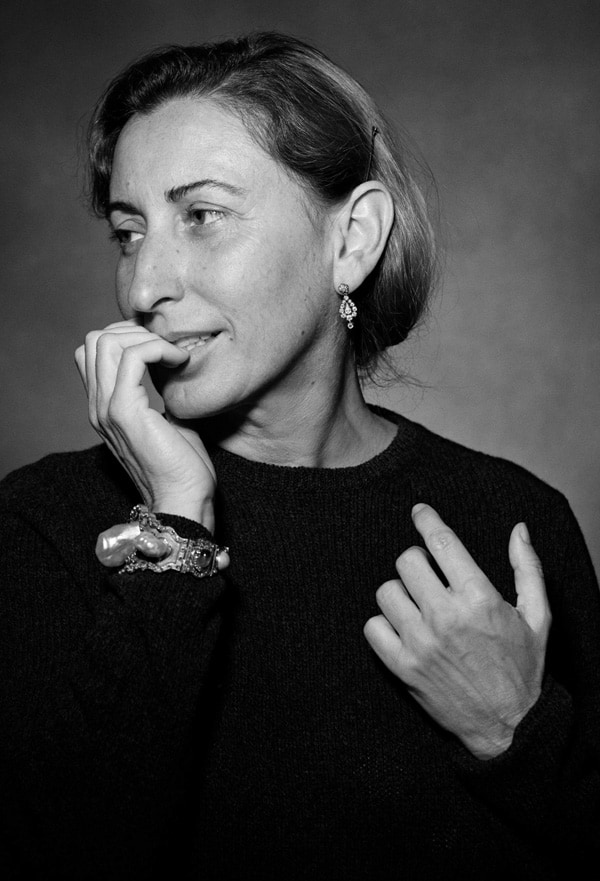
Miuccia Prada took over her grandfather’s esteemed leather working brand in 1978 and transformed it into a powerhouse of modern fashion. She introduced a line of unlabelled handbags made from durable and water-resistant Pocono nylon. Though that line didn’t do well when it launched in 1979, after being relaunched in 1985 along with a gold chain and signature logo, it became an instant hit!
10. Pierre Cardin (1922)
“The dress is a vase which the body follows. My clothes are like modules in which bodies move”
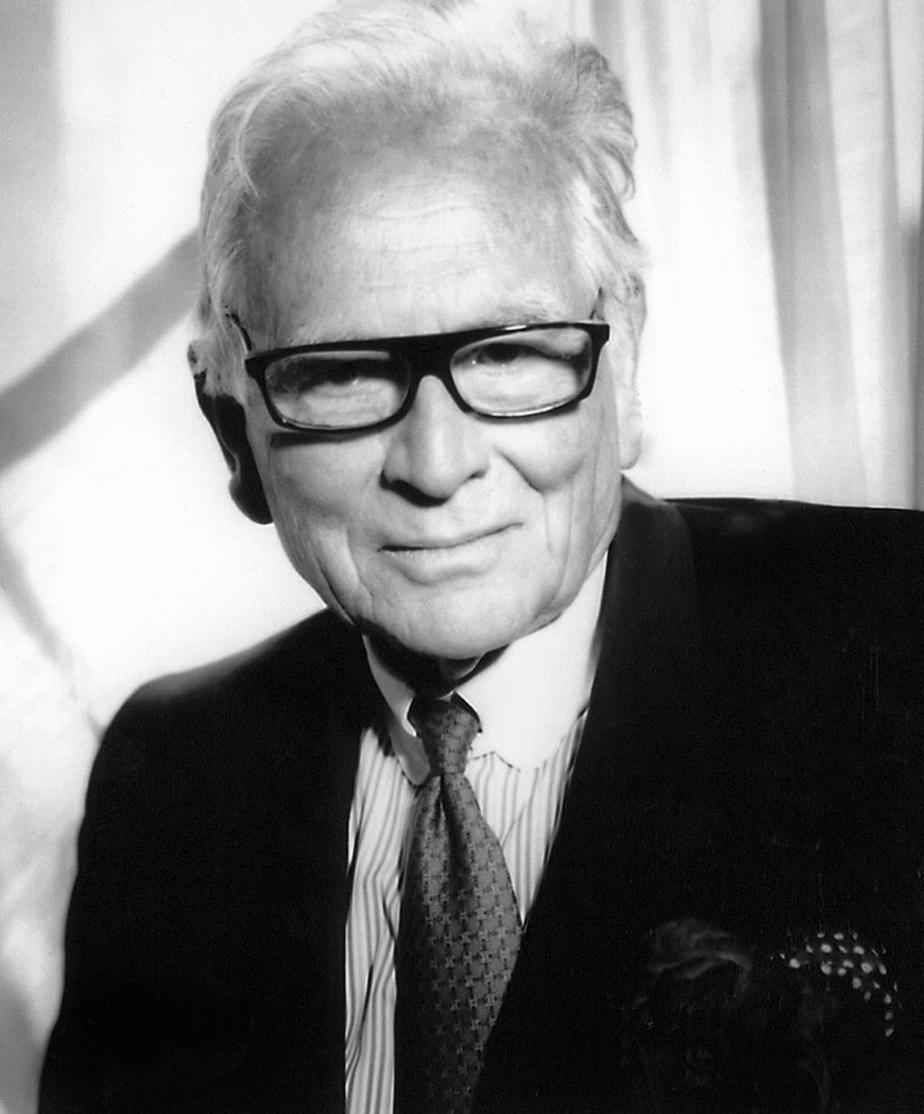
Pierre Cardin gave the men’s fashion a new meaning with his trailblazing designs. He first became popular as an excellent men’s suit maker and later introduced crafty ready-to-wear collections for women. Cardin is also known for his ‘Space Age’ fashion vision, which includes using vinyl, goggles and helmets.
11. Alexander McQueen
“Fashion should be a form of escapism, and not a form of imprisonment.”
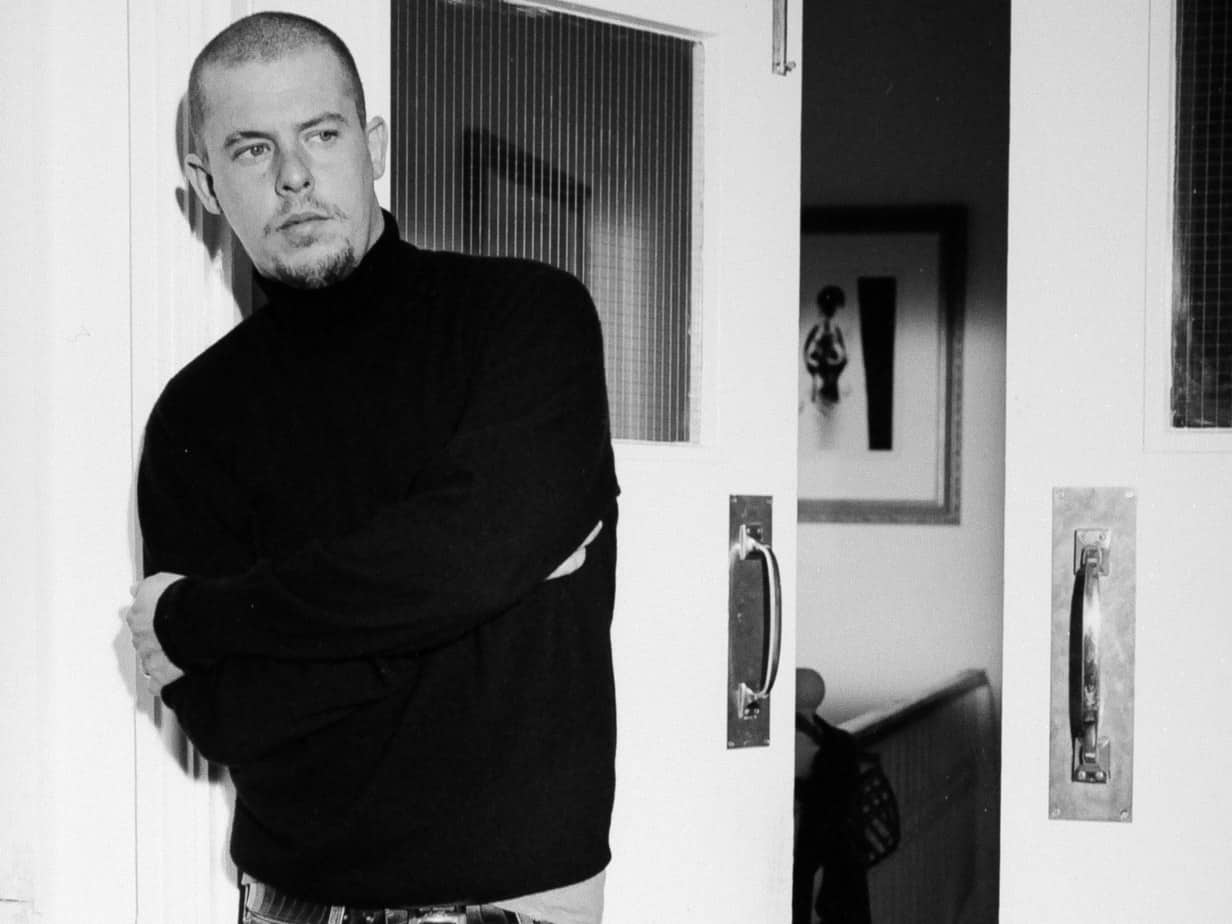
Alexander McQueen changed the world of fashion in more ways than one. He was fearless and provocative with his designs as well as his shows. He brought theatre to the runway and his A/W show in 1998, which ended with the model encircled in fire, is one of the many examples of his excellence. He’s responsible for creating the ‘bumster’ (low-slung trousers), which gave rise to the trend in perilously low-rise, crevice-revealing jeans. He also created the trademark skull design which went on to produce the signature scarf that was been worn by several celebrities, including Johnny Depp and Cameron Diaz. With his tendency to push the boundaries, he inspired future designers to do the same.
12. Roberto Cavalli (1940)
“You can’t just buy things for the label, it’s ridiculous.”
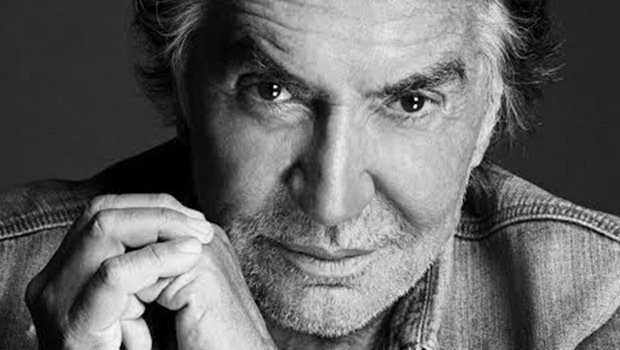
Roberto Cavalli is best known for his flamboyant prints. He makes traditional and ethnic designs look new again. He also revolutionised the printing procedure on leather in the early 1970’s – a technique he patented – enabling him to print his patterns on a whole garment. He manages to translate his designs on to numerous silhouettes and cuts, while maintaining their feminine charm. His black taffeta ruffled skirt is just one of the many designs that symbolise his skill of being able to incorporate both sensuality and elegance.
13. Elie Saab (1964)
“If I hadn’t been a determined person, I wouldn’t have succeeded in life.”
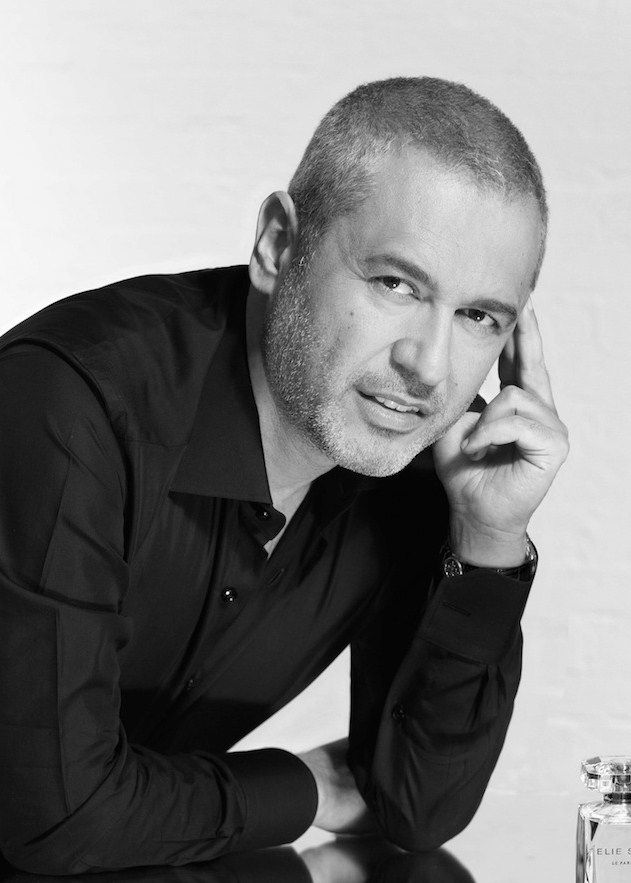
Lebanese designer Elie Saab was only 18 when he started his fashion label, initially just specialising in bridal couture. His work is known for its high quality fabric, Swarovski crystals, detailed embroidery and accents of pearls and gemstones. His designs emphasise the waist; the part he thinks balances the silhouette. But more than anything, he is a source of inspiration for the fashion world by being the first Arab to be admitted to the fashion industry’s governing body, Chambre Syndicale de la Haute Couture. He was also the first non-Italian designer to showcase his work during Rome Fashion Week in 1997. He revolutionised fashion through his intricate sense of style, and more so, paved the way for future designers across the world through his success.
14. Gianni Versace (1945-1947)
“I think it’s the responsibility of the designer to break rules and barriers”
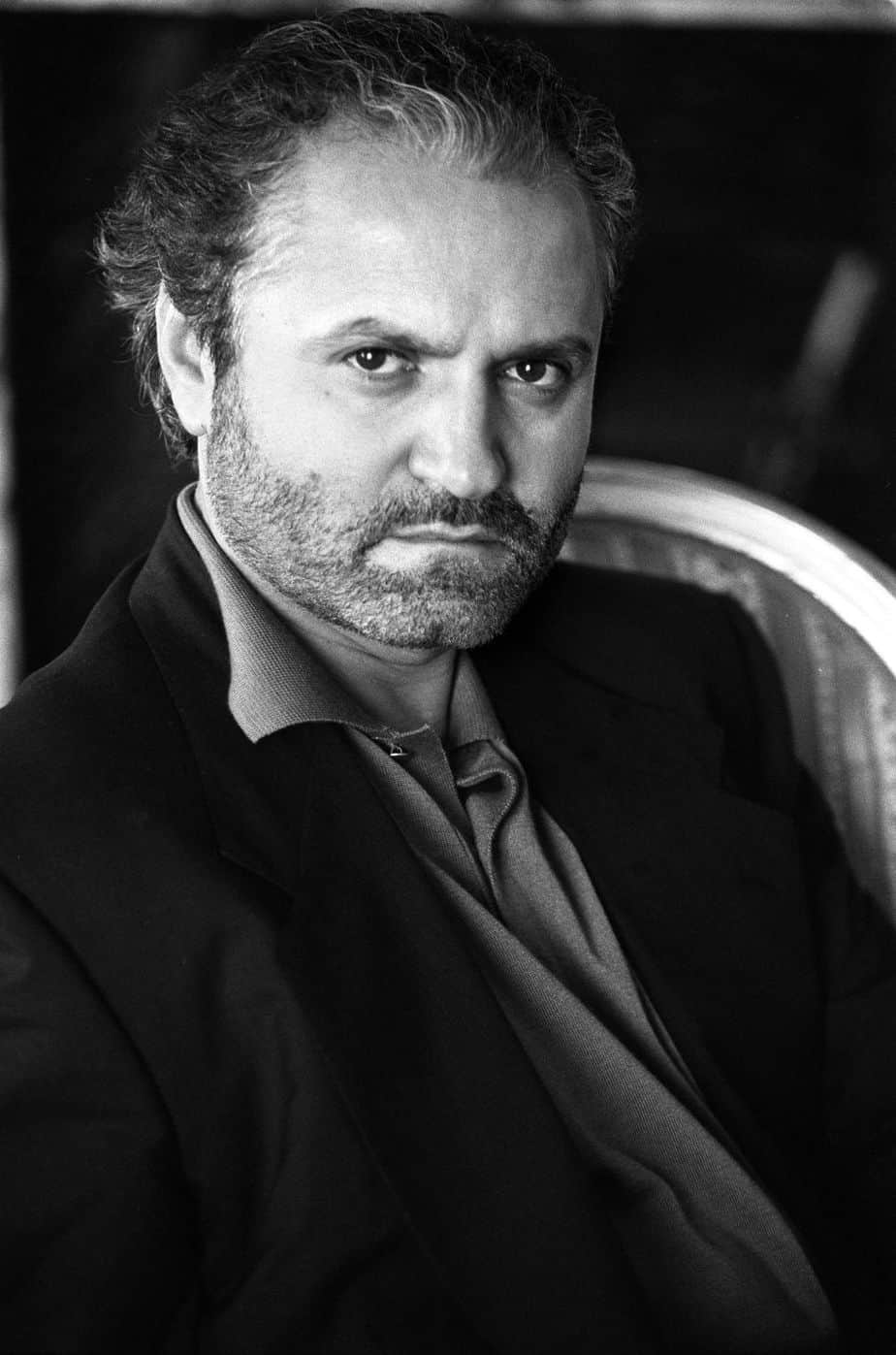
Gianni Versace changed fashion through his blend of rock and roll and couture. He consistently played with modern materials such as metal, plastic and leather and in 1982, introduced his infamous metal garments that are a signature of the label now. Later collections displayed metal dresses of various colours; a phenomenon not seen before on the runway. In the 1980’s, Versace came up with yet another innovation by bonding leather to rubber through laser. He gave glamour an edge and left an unmatched mark with his aspiring construction and fabrication – and complete disregard for previous fashion rules!
15. Hubert De Givenchy (1927-2018)
“We must never confuse elegance with snobbery”
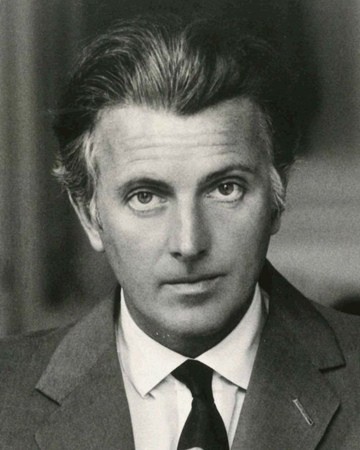
Hubert De Givenchy was famous for his chic, feminine designs and his take on the ‘little black dress’ is still an inspiration for many. Audrey Hepburn is amongst the many famous personalities he dressed and he designed the attire for many of her films, including the iconic Breakfast at Tiffany’s. By the 1960’s, Givenchy became known for setting new trends and welcoming youth culture and taste into his designs.








What do you think?
You must be logged in to post a comment.